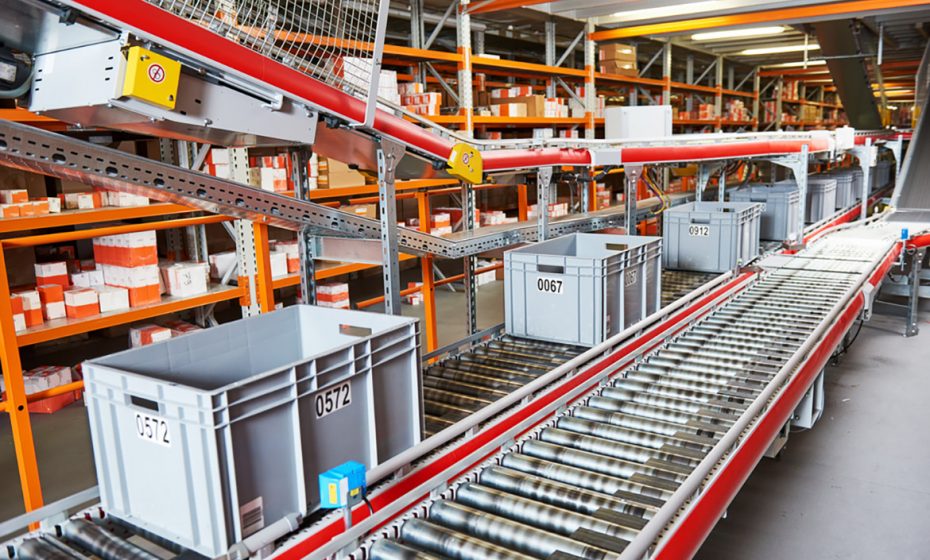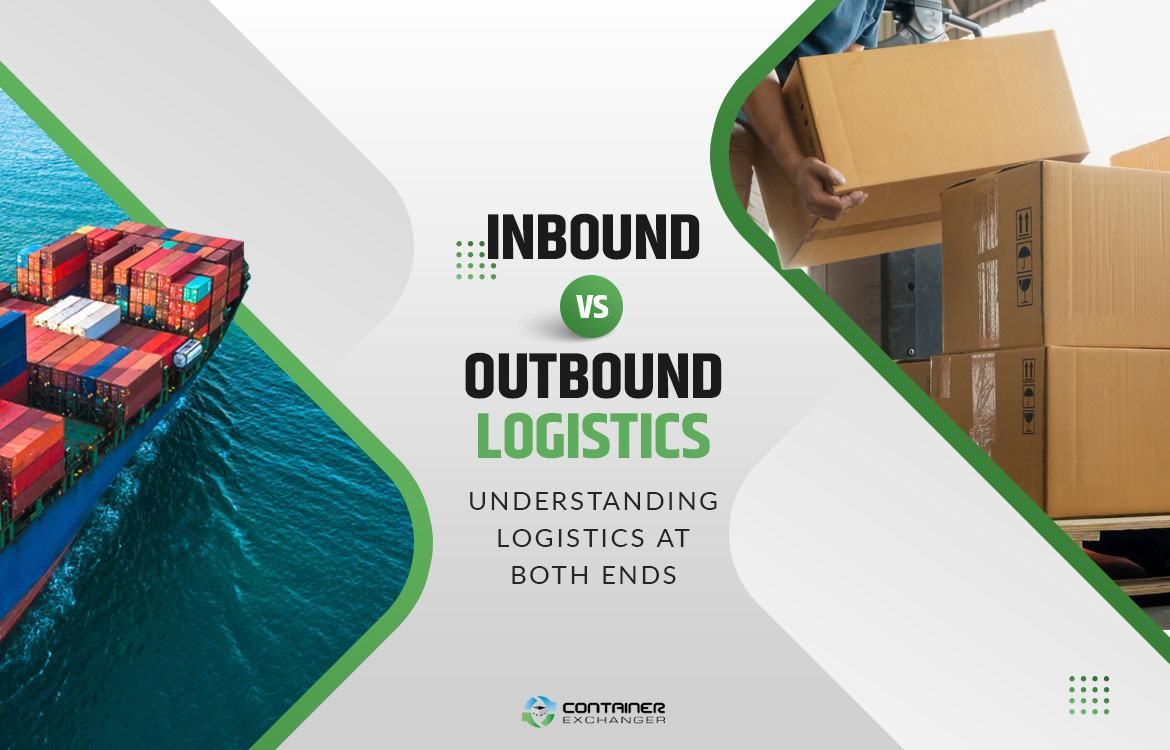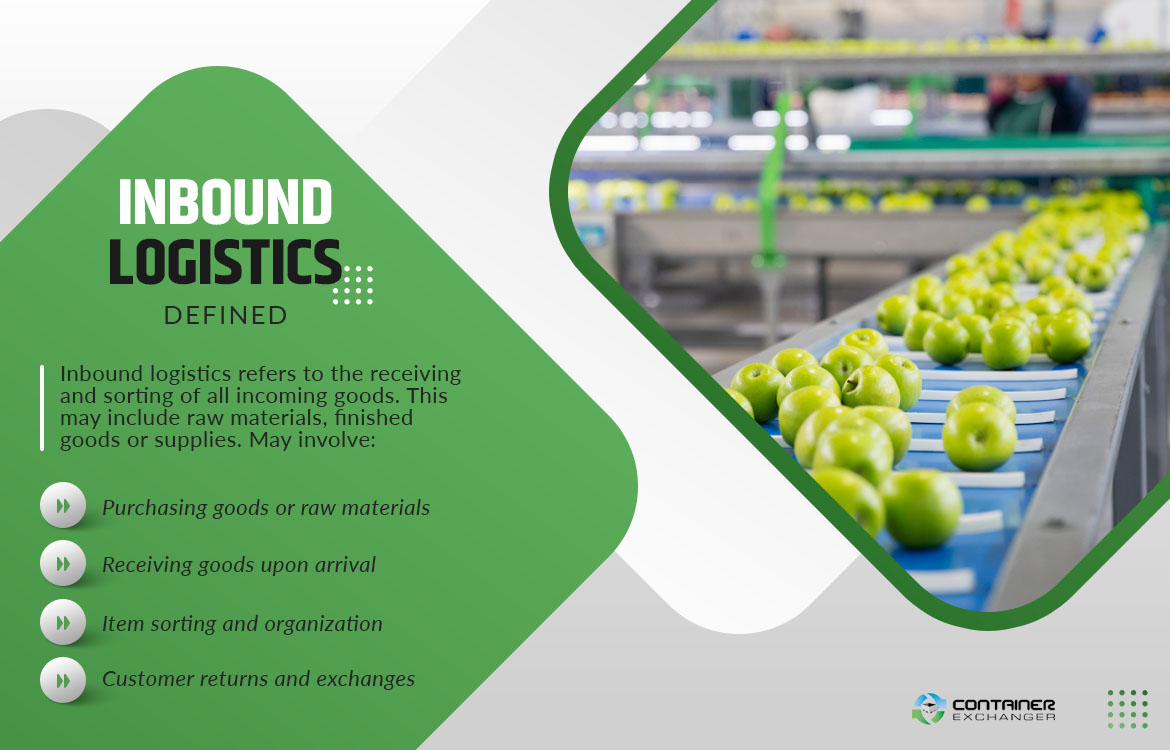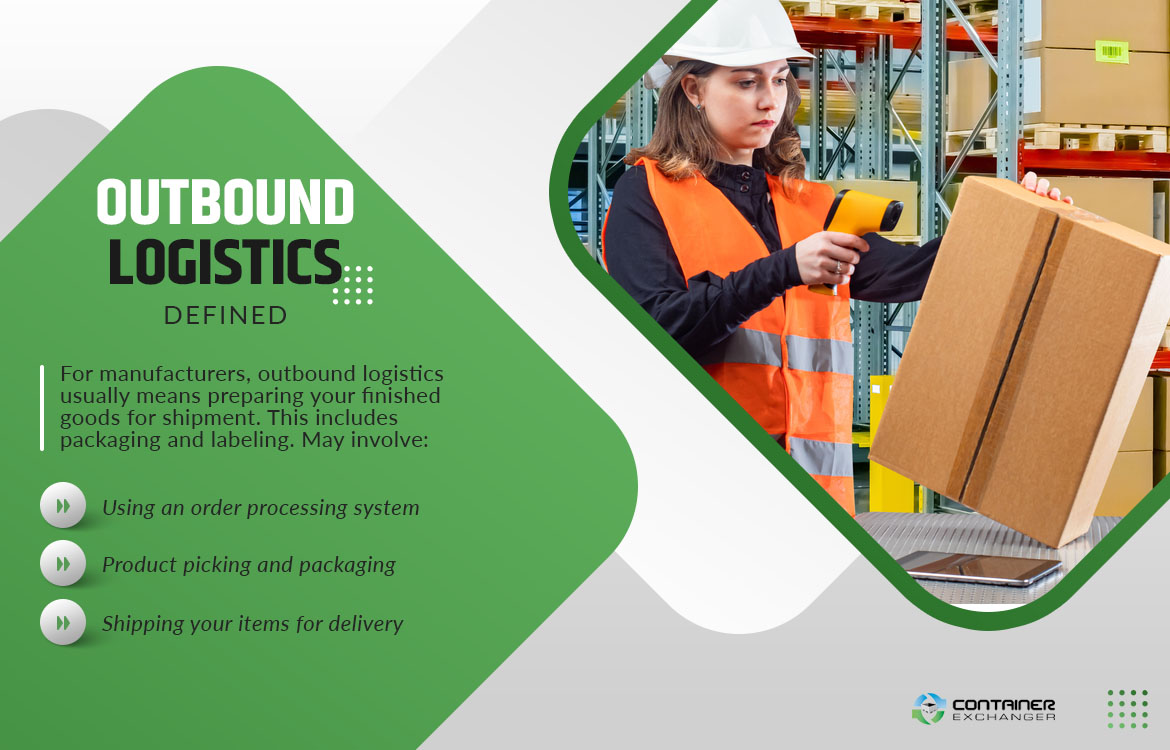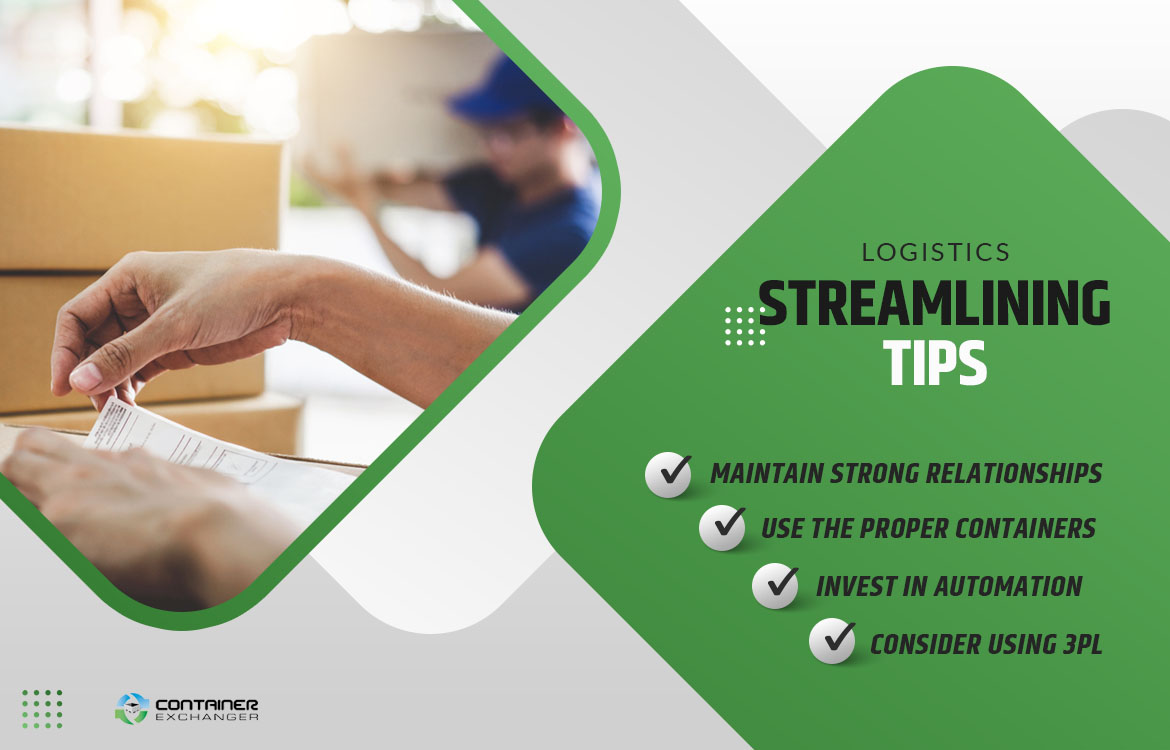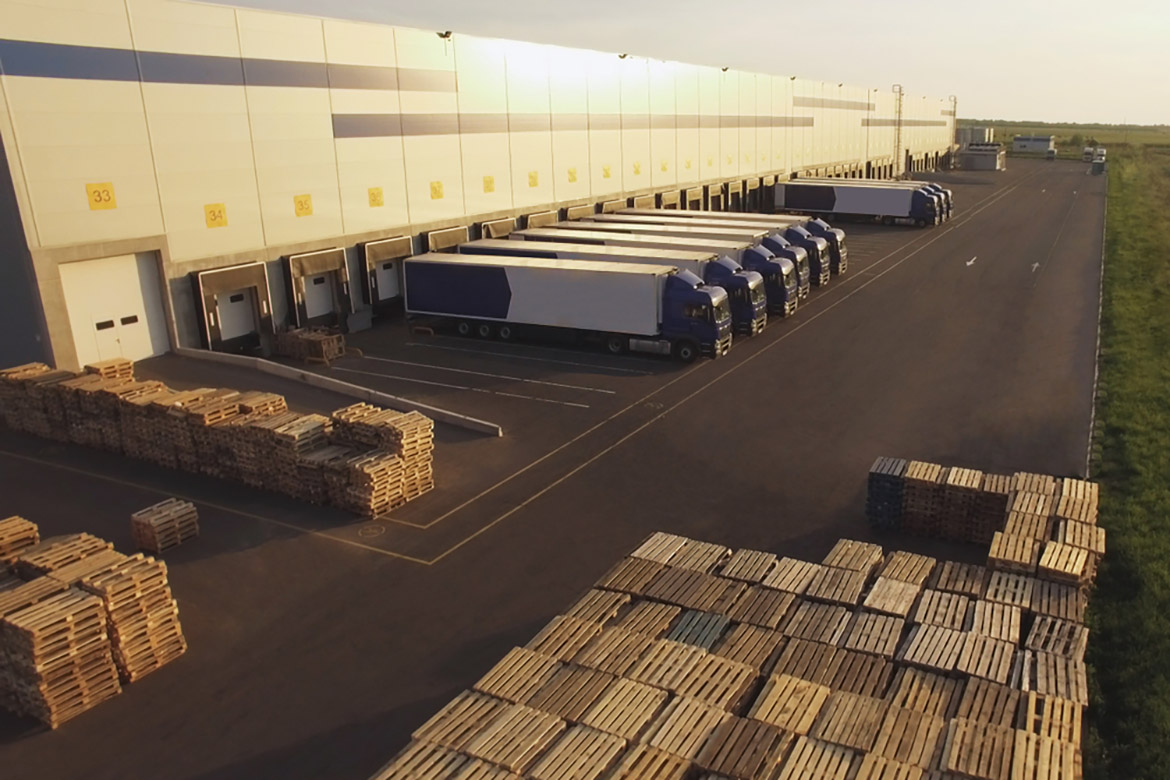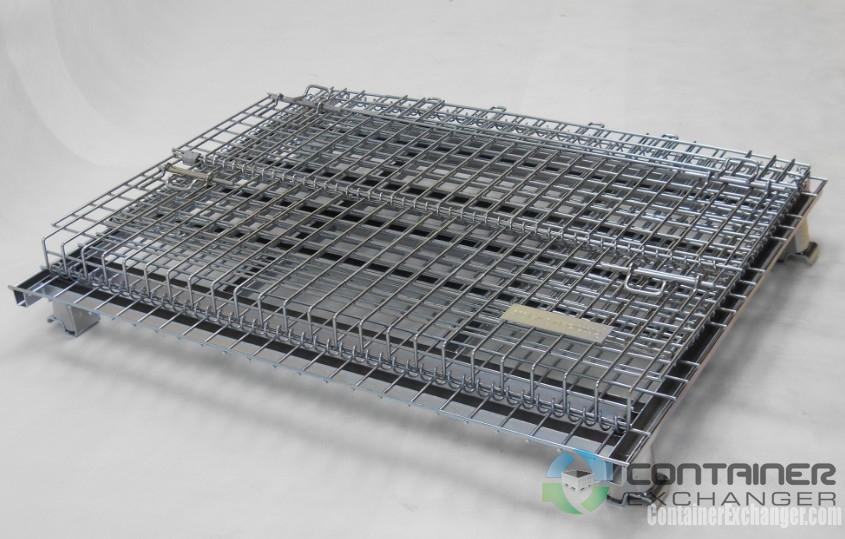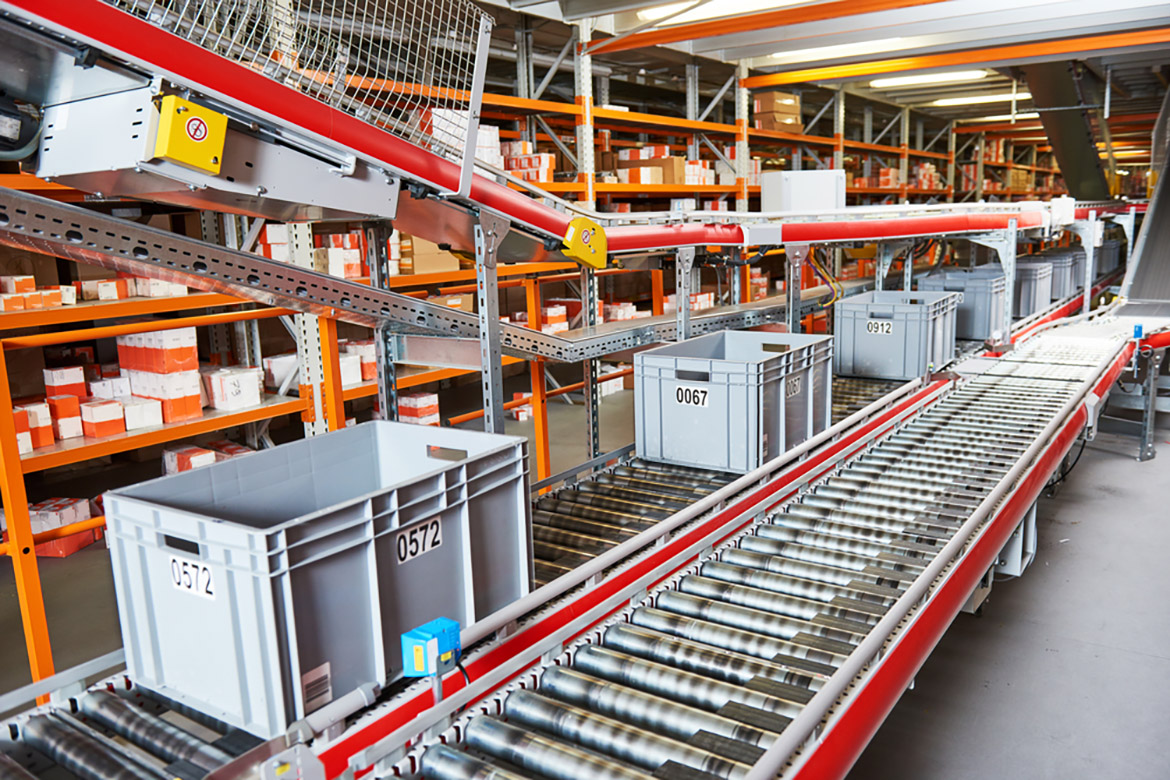Every company should be familiar with inbound and outbound logistics. They are essential components of the global supply chain. Virtually every facility will either receive or send out goods at one point or another. From shipping to inventory organization, streamlining the logistics process will help you improve efficiency and reduce errors that will cost your business down the line.
Learn more about inbound vs. outbound logistics and how these processes affect your bottom line.
Defining Inbound Logistics
Inbound logistics refers to the receiving and sorting of all incoming goods. This may include raw materials, finished goods or supplies. These items may be stored in-house before going back out for delivery, depending on the nature of your business. In other cases, these materials will be manufactured into other goods that will then go out for delivery.
Inbound logistics may involve the following processes:
Purchasing goods or raw materials
It all starts with ordering goods your business needs to complete essential operations. This may happen on a daily or monthly basis, depending on how often you need to restock your supply.
Receiving goods upon arrival
The goods will then be delivered to your facility where your team will need to compare the contents with the order receipt. These items may need to be inspected to make sure they weren’t damaged during transit. Your team will need to remove the contents from the delivery vehicle and place them on the loading dock or receiving area.
Item sorting and organization
Once the items are in your possession, you will typically scan them so they make it into your warehouse or inventory management system. Workers or machines will then move these items to the correct place on the shelf so they can be retrieved at a later date. In other cases, you may incorporate these raw materials into the manufacturing process so they can be made into other goods.
Customer returns and exchanges
Inbound logistics also encompasses returns and exchanges. This is also known as “reverse logistics.” Your facility should have a system for receiving damaged or returned goods. These items may need to be inspected or repaired before going back on the shelf, assuming they aren’t defective.
Defining Outbound Logistics
Outbound logistics is the opposite of inbound logistics. This refers to all items going out of your facility. In a warehouse or distribution center, your facility will send out the same goods as the ones you received. This often means pulling items off the shelf, moving them to the loading dock and preparing them for shipment before handing them over to the delivery vehicle.
For manufacturers, outbound logistics usually means preparing your finished goods for shipment. This includes packaging and labeling. Outbound logistics may involve the following processes:
Order processing
The outbound process starts with receiving orders for your finished products. These may come from individual consumers, retailers or other businesses that use your goods.
Most companies use an order processing system. The ticket will include the contents of the order, where it’s going and instructions for packaging. The computer will then send instructions to your team so they can begin assembling the order.
Product picking and packaging
Once the order has been received, your team will need to pick the included items off the shelf and move them to the loading dock or packaging station. In busy facilities, workers may have to pick several orders at once. Automated facilities use smart picking robots to collect items and bring them to the loading dock.
In some cases, the item may need to be packaged and labeled before going out for delivery. Other times, the item will already be in the correct package. Your team will need to scan the item before sending it out to keep an accurate count in the system. Automated machines can also assist with packaging and labeling.
Shipping
Finally, it’s time to hand over your items to the delivery driver. Most facilities do this in bulk using collapsible bulk containers. This makes it easy to move large quantities of merchandise in a short amount of time.
The goods may be passed onto a third-party logistics or shipping company, such as UPS or FedEx. In other cases, you may use an internal delivery service to make sure your products reach their destination on time.
Use Collapsible Bulk Containers to Better Optimize Warehouse Logistics
How Inbound and Outbound Logistics Work Together
While inbound and outbound logistics refer to different aspects of your operations, they are inherently intertwined. In many cases, all incoming products will eventually have to go out for delivery, so it’s important to synchronize both processes.
For example, if your workers put an inbound item in the wrong place on the shelf, your team will have trouble finding this item when it needs to go out for delivery.
Overall, your inbound logistics process should make it easy for your workers to find the products they need when preparing orders for shipment. Ideally, the inbound and outbound process will mirror one another, so your workers follow the same set of instructions when bringing inventory in or out of your facility — only in reverse.
For example, if your inbound workers have several ways of making sure they’re putting items in the correct place, the outbound team should have no trouble fulfilling orders.
Streamlining and synchronizing both sides of the logistics process will help you avoid common errors that take away from your bottom line. Workers may pull the wrong items by accident. In other cases, items may get damaged during transit, leading to a spike in customer returns and exchanges. As these mishaps accrue, your reputation in the industry will start to suffer as a result.
If your team is having trouble moving items in and out of your facility, use these tips to streamline every side of the logistics process.
Tips for Streamlining Your Logistics at Both Ends
1. Maintain Strong Relationships with Clients, Customers and Retailers
Relationships make the world go round. Your business wouldn’t be what it is today without the relationships you’ve built over time. Maintaining these bonds is the key to a successful logistics program.
You should be in constant communication with everyone with whom your company deals, including retailers and suppliers, as well as individual clients and customers. Make it easy for everyone to stay up to date on the latest happenings at your facility. You need to reach out immediately if one of your shipments is delayed so these parties can start making other arrangements.
It’s often helpful to communicate with these individuals using your warehouse management system so you can comment on and refer to order numbers in real time. Switching back and forth between different systems can lead to unnecessary confusion, especially if all your business partners are using different kinds of technology.
When it comes to checking the status of orders, many companies have started using real-time GPS trackers. These compact devices automatically record the exact location of your goods or delivery vehicles so you can follow them on the map. You can share this information with your partners so they can stay on top of the situation. These devices take many forms, but the two most popular types are locking and magnetic trackers. Locking trackers seal the container to prevent tampering, while magnetic trackers attach themselves to the container.
Use GPS trackers that fit onto the ribs of your industrial metal storage bins as your goods move from one continent to the next.
2. Consider Using 3PL
Inbound and outbound logistics isn’t for everyone. You can always hire a third party to handle the receiving, storage and shipping process so you can focus on the other aspects of your business.
Many companies are getting into the logistics business to help smaller players keep up with the likes of Amazon and Walmart. The company will handle the entire logistics operations using their own line of trucks and distribution centers.
Partnering with one of these companies can help you utilize the latest technology without a steep investment. These companies often use automation to speed up the intake and outbound process. They also have storage and distribution facilities all over the country, if not the world, so they can store your inventory closer to the end user for faster shipping times.
Global third-party logistics (3PL) is heating up. The market was valued at $1,027.71 billion in 2019 and is projected to reach $1,789.94 billion by 2027, with a growth rate of 7.1% from 2020 to 2027.
Bulk Wire Baskets Help Optimize Warehouse Logistics Too
3. Use the Proper Containers
How you choose to handle your merchandise can have a big effect on the logistics process. It’s always best to keep your inventory visible whenever possible. Your workers should be able to visibly recognize the device from several feet away so they don’t grab the wrong item by mistake.
You can use bulk wire baskets to safely move your inventory from the receiving station to the shelf and finally to the loading dock. Most have wheels, so your workers can move them without the use of a forklift. They are best used for moving raw materials and finished goods. Keeping your goods visible also helps you monitor their condition throughout the logistics process. You can frequently inspect the item to make sure it’s ready for shipment to reduce the number of returns.
4. Invest in Automation
Automation is here to make your life easier at every turn. It all starts with using the proper warehouse management system. Your staff should be able to access all the information they need to process incoming and outgoing orders using the same system.
Consider using a voice-activation system so your workers can spend more time looking at merchandise and less time staring at screens. The worker will receive instructions via a headset, which frees up their hands to move items. The system will even direct them through the warehouse using the most efficient picking path for better time efficiency. Choose an automated warehouse management system that works with your business model.
If you have the resources, you can also invest in smart pickers and stockers to further speed up the logistics process. These machines use built-in sensors to handle different types of merchandise. The system will then bring these items to the loading dock, usually in just a few minutes or less. This is often the best way to reduce human errors that can cause delays. Keep in mind that most companies have an order picking accuracy rate between 99.0% & 99.6%, with an average of 99.4%.
You can also automate the packaging process to get your merchandise ready for shipment as quickly as possible. This is often the preferred option if all your goods go in the same type of container.
It’s always best to utilize reusable shipping and storage containers. Not only are these containers better for the environment, but they can also help you save money on shipping materials. You won’t have to order replacement supplies or worry about disposing of used packages. Reducing waste will also help you improve visibility in the workplace.
Analyze Your Logistics Process
Logistics can mean many different things, but it’s all about moving goods from one place to another. Keep these tips in mind as you evaluate your logistics process. Use a tailored approach that brings you closer to your business goals. Continue analyzing your progress as you change the receiving and shipping process to make sure you’re heading in the right direction.
Image Credits
Avigator Fortuner/Shutterstock.com
Siwakorn1933/Shutterstock.com
Juice Flair/Shutterstock.com
FOTOGRIN/Shutterstock.com
Yasni/Shutterstock.com
Dmitry Kalinovsky/Shutterstock.com
